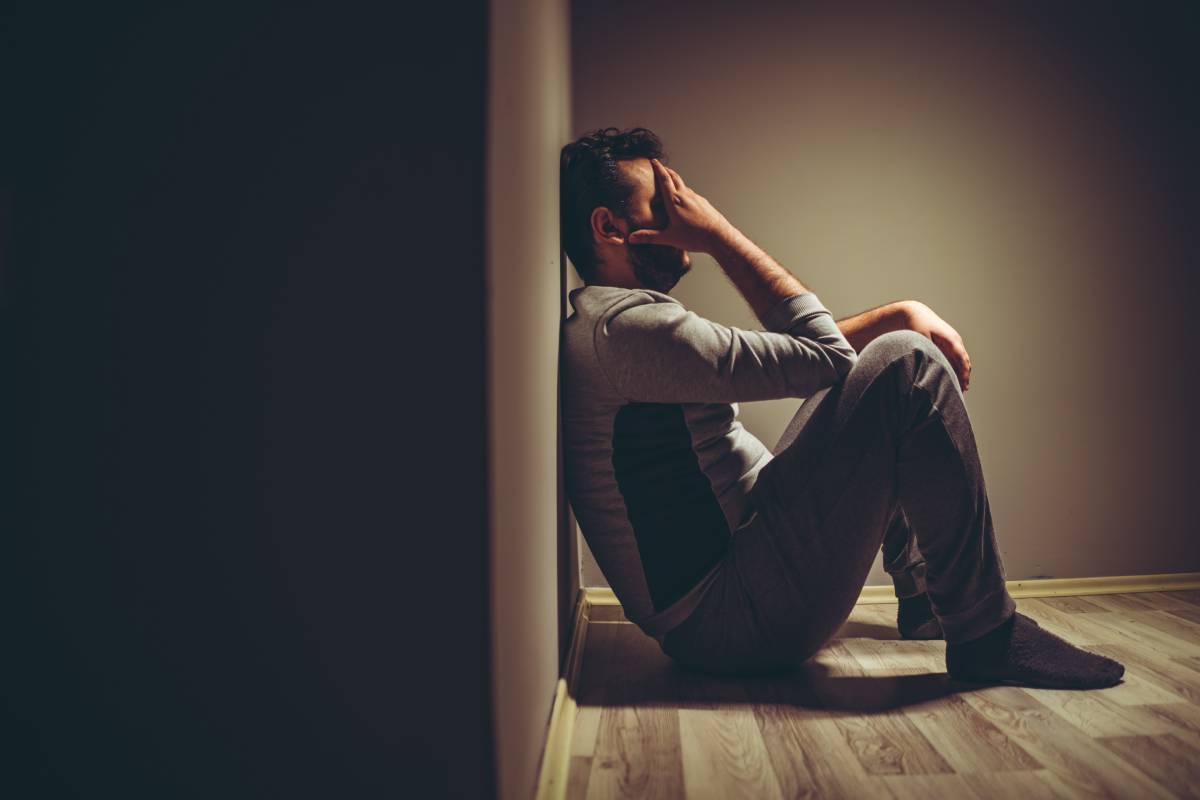Physical Function After SARS-CoV Infection

Although the SARS-CoV outbreak of 2003 resulted in far fewer infection rates than COVID-19, the similarities between the two infectious diseases signify that we may learn much about the latter by studying the former [1]. Both diseases exhibit a hospitalization rate of approximately 30%, with about 20% of the hospitalized population entering an intensive care unit (ICU) [1]. Especially in patients severely afflicted by SARS-CoV infection, impairment of physical function could be observed up to two years after the initial infection [1]. This damage is caused by various factors related to the disease and its treatment. As a result, it is useful to understand how SARS-CoV affects physical function and fitness to determine the best path for the rehabilitation of COVID-19 patients.
SARS-CoV patients reported decreased exercise capacity in comparison to the general population [2, 3]. While one study found the exercise capacity of SARS-CoV survivors to be lower than that of the general population, the degree to which survivors were less fit was not large [3]. Additionally, those researchers acknowledged an uncertainty concerning how much the patients’ previous level of fitness contributed to these measurements [3]. However, another study observed that the distance that survivors could walk had significantly decreased a year after infection [4]. One study tracking SARS-CoV patients every three months for two years following infection onset reported a similar decrease in walking capability [5]. Although patients’ results on the six-minute walk test improved significantly in the first few months after recovery, most patients were still not fully recovered at the two-year mark [5]. Evidently, these results suggest that SARS-CoV patients’ decrease in physical function is not negligible.
One common difficulty exhibited by SARS-CoV patients was aerobic capacity. One study observed mild pulmonary abnormalities in 50% of the study’s patient population three months after hospital discharge [2]. 41% of patients in that same study also reported maximum aerobic capacities below the normal range [2]. In another study, 24 months after initial infection, one half of participants reported possible impairment in the intra-alveolar diffusion pathway [5]. However, this study was limited by a small sample size [5]. Despite this trend of mildly diminished cardiopulmonary performance, another study found the health-related quality of life (HRQQL) performance of SARS-CoV patients to be significantly impaired, suggesting the presence of additional sources of reduced physical function [6].
Other factors that may have been responsible for SARS-CoV’s patients’ reduced exercise capacity include muscle weakness and physical deconditioning [5]. Both of these symptoms could be attributed to prolonged hospitalization, considering their particular prevalence in survivors of severe cases of the disease [1]. They may also be due to critical illness-associated polyneuropathy, myopathy, or steroid myopathy [5]. Considering how severe cases of coronavirus diseases are more common in patients with comorbidities (examples being cardiovascular disease and diabetes), the combined effect of SARS-CoV and these comorbidities could have exacerbated patients’ mobile disability [1]. Lastly, chronic fatigue, reported in 40.3% of survivors in one study, could also contribute to decreased physical ability [7].
Because researchers were not able to isolate a singular causal pathway between SARS-CoV and diminished physical function, there was no clear-cut path to rehabilitation in physically limited SARS-CoV patients. [1]. Accordingly, medical practitioners must study this wealth of information when considering how best to aid COVID-19 patients restore their physical function, both during the course of infection and beyond.
References
[1] S. Rooney, A. Webster, and L. Paul, “Systematic Review of Changes and Recovery in Physical Function and Fitness After Severe Acute Respiratory Syndrome-Related Coronavirus Infection: Implications for COVID-19 Rehabilitation,” Physical Therapy, vol. 100, no. 10, p. 1717-1729, October 2020. [Online]. Available: https://doi.org/10.1093/ptj/pzaa129.
[2] K-C. Ong et al., “Pulmonary function and exercise capacity in survivors of severe acute respiratory syndrome,” European Respiratory Journal, vol. 24, no. 3, p. 436-442, September 2004. [Online]. Available: https://doi.org/10.1183/09031936.04.00007104.
[3] M. C. Su et al., “Exercise Capacity and Pulmonary Function in Hospital Workers Recovered from Severe Acute Respiratory Syndrome,” Respiration, vol. 74, no. 5, p. 511-516, August 2007. [Online]. Available: https://doi.org/10.1159/000095673.
[4] C. M. Tansey et al., “One-year outcomes and health care utilization in survivors of severe acute respiratory syndrome,” Archives of Internal Medicine, vol. 167, no. 12, p. 1312-1320, June 2007. [Online]. Available: https://doi.org/10.1001/archinte.167.12.1312.
[5] J. C. Ngai et al., “The long-term impact of severe acute respiratory syndrome on pulmonary function, exercise capacity and health status,” Respirology, vol. 15, no. 3, p. 543-550, April 2010. [Online]. Available: https://doi.org/10.1111/j.1440-1843.2010.01720.x.
[6] H. M-C. Lau et al., “The Impact of Severe Acute Respiratory Syndrome on the Physical Profile and Quality of Life,” Archives of Physical Medicine and Rehabilitation, vol. 86, no. 6, p. 1134-1140, June 2005. [Online]. Available: https://doi.org/10.1016/j.apmr.2004.09.025.
[7] M. H. B. Lam et al., “Mental Morbidities and Chronic Fatigue in Severe Acute Respiratory Syndrome Survivors,” Archives of Internal Medicine, vol. 169, no. 22, p. 2142-2147, December 2009. [Online]. Available: https://doi.org/10.1001/archinternmed.2009.384.
